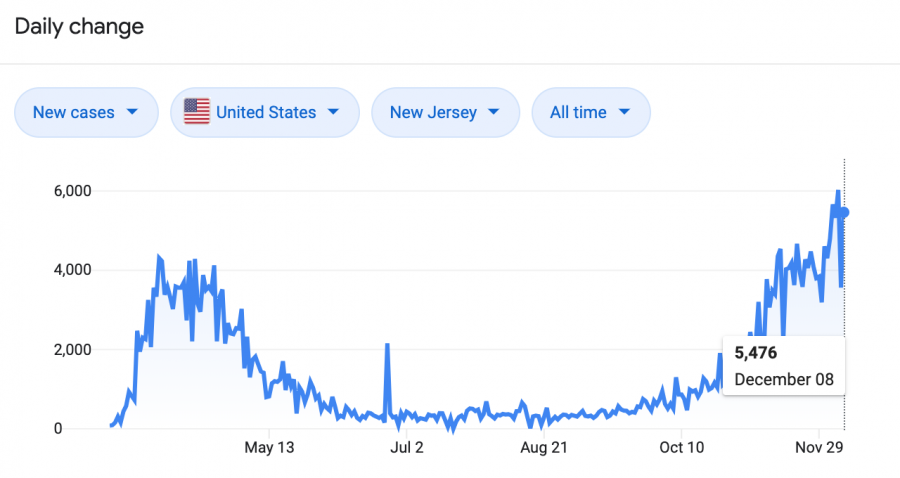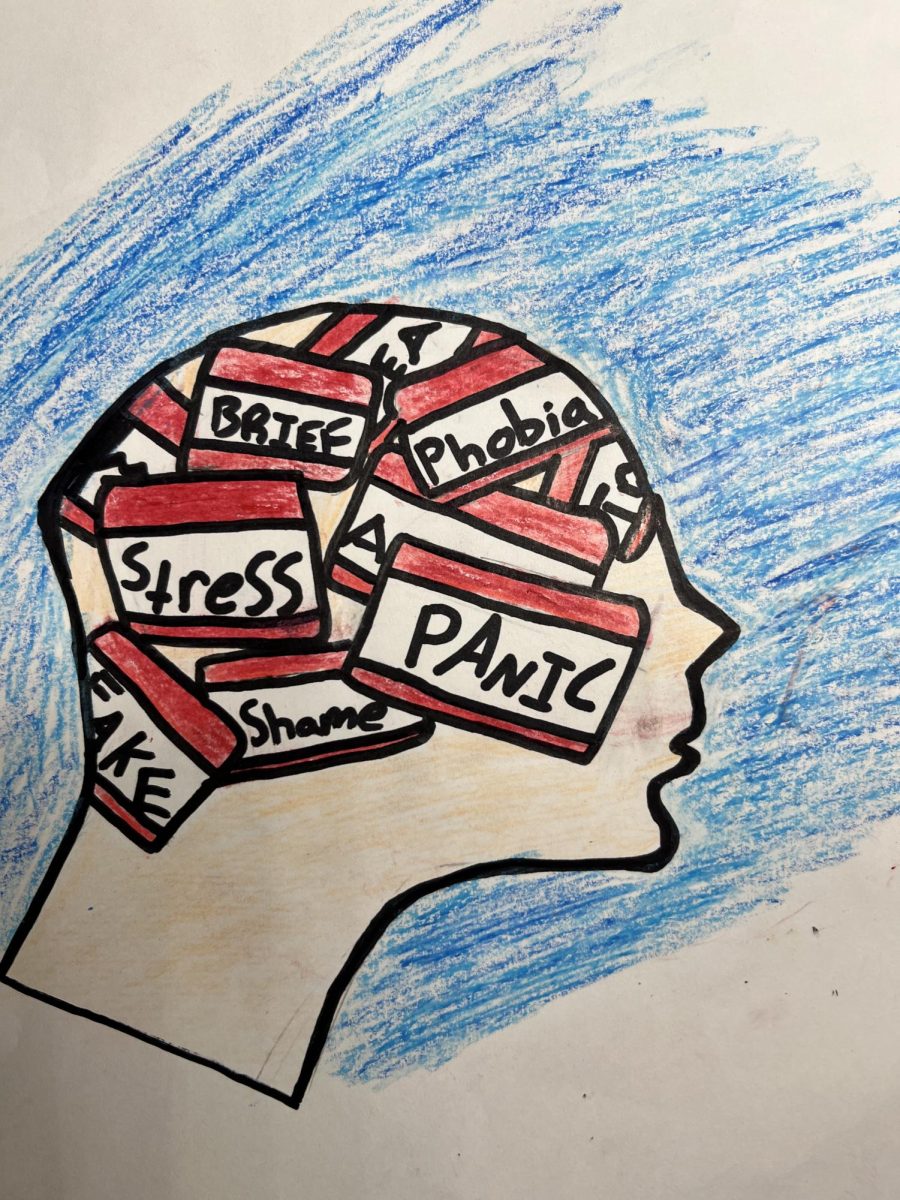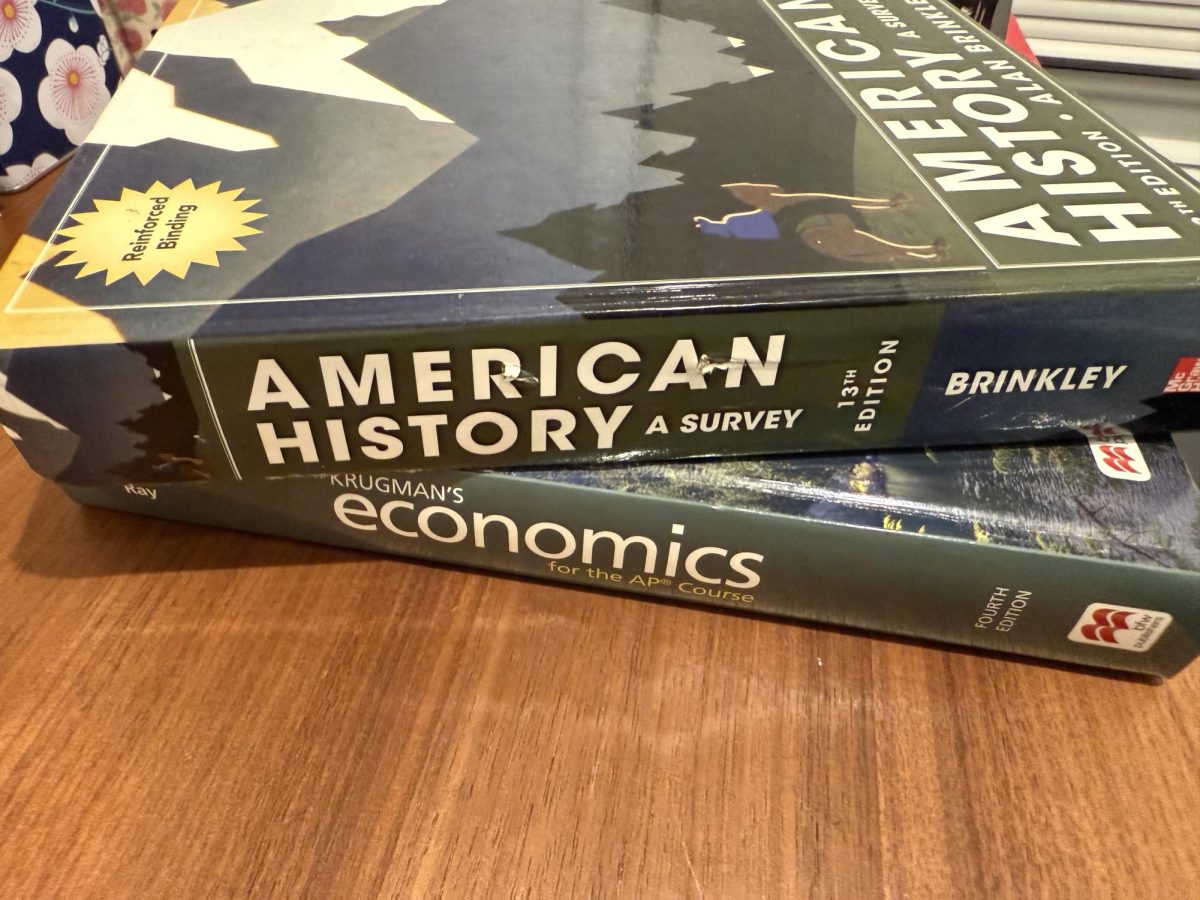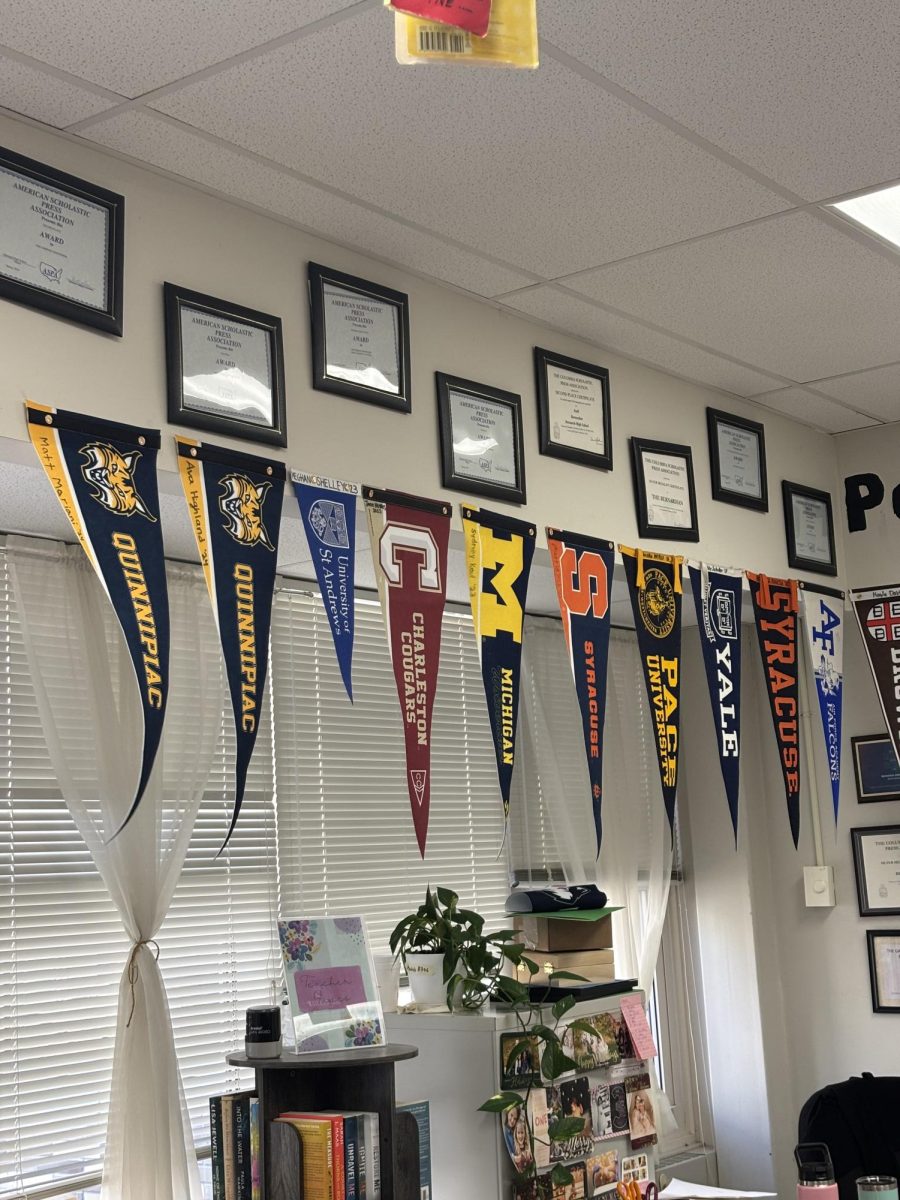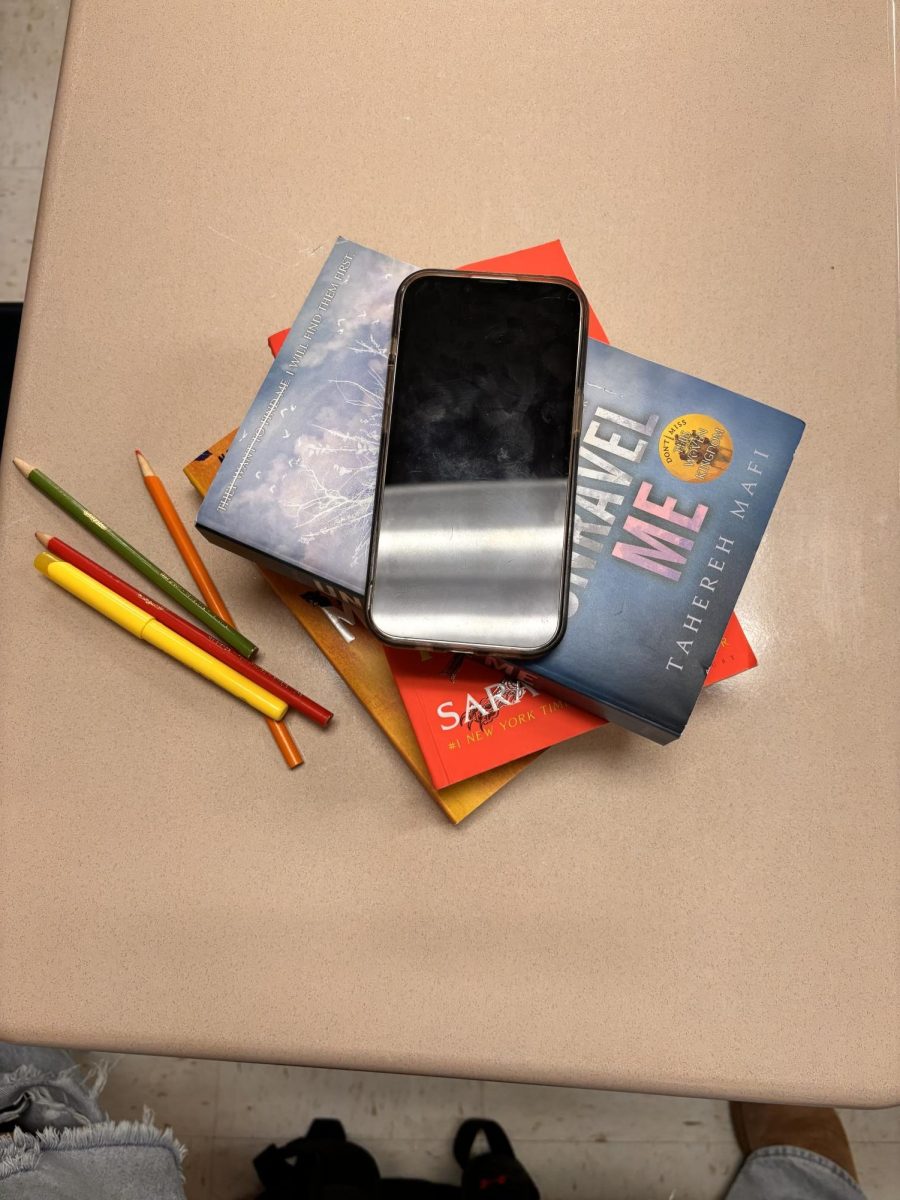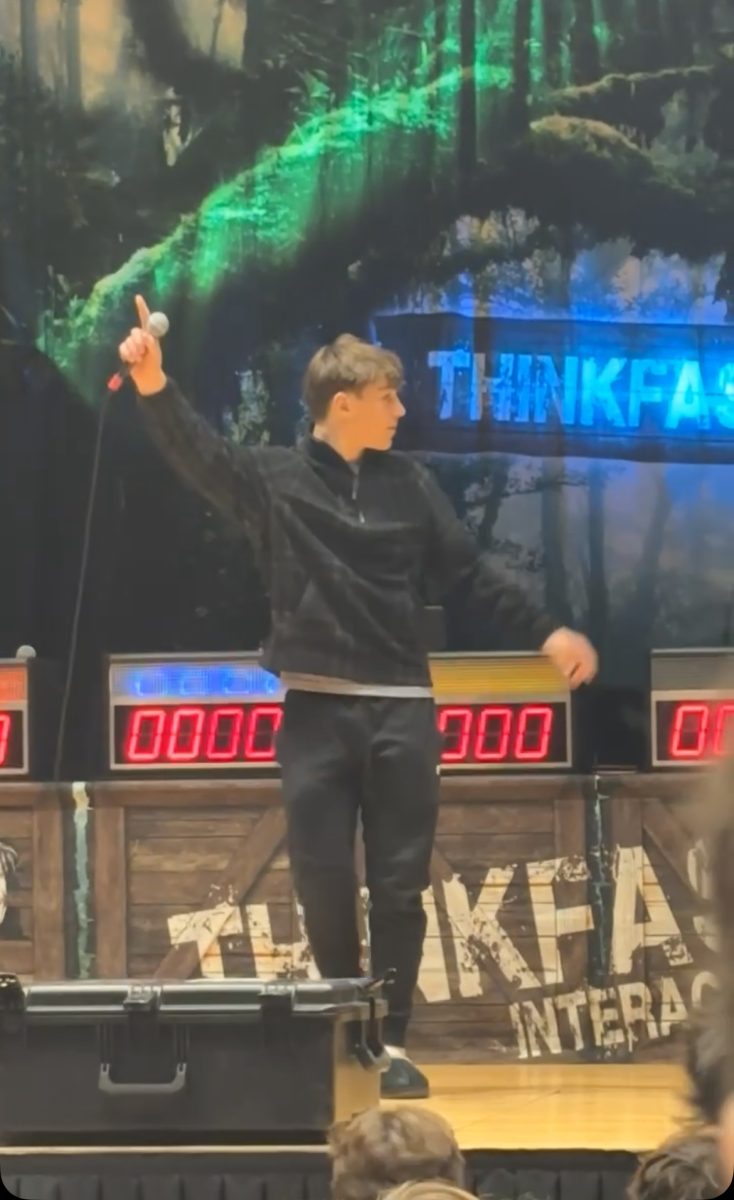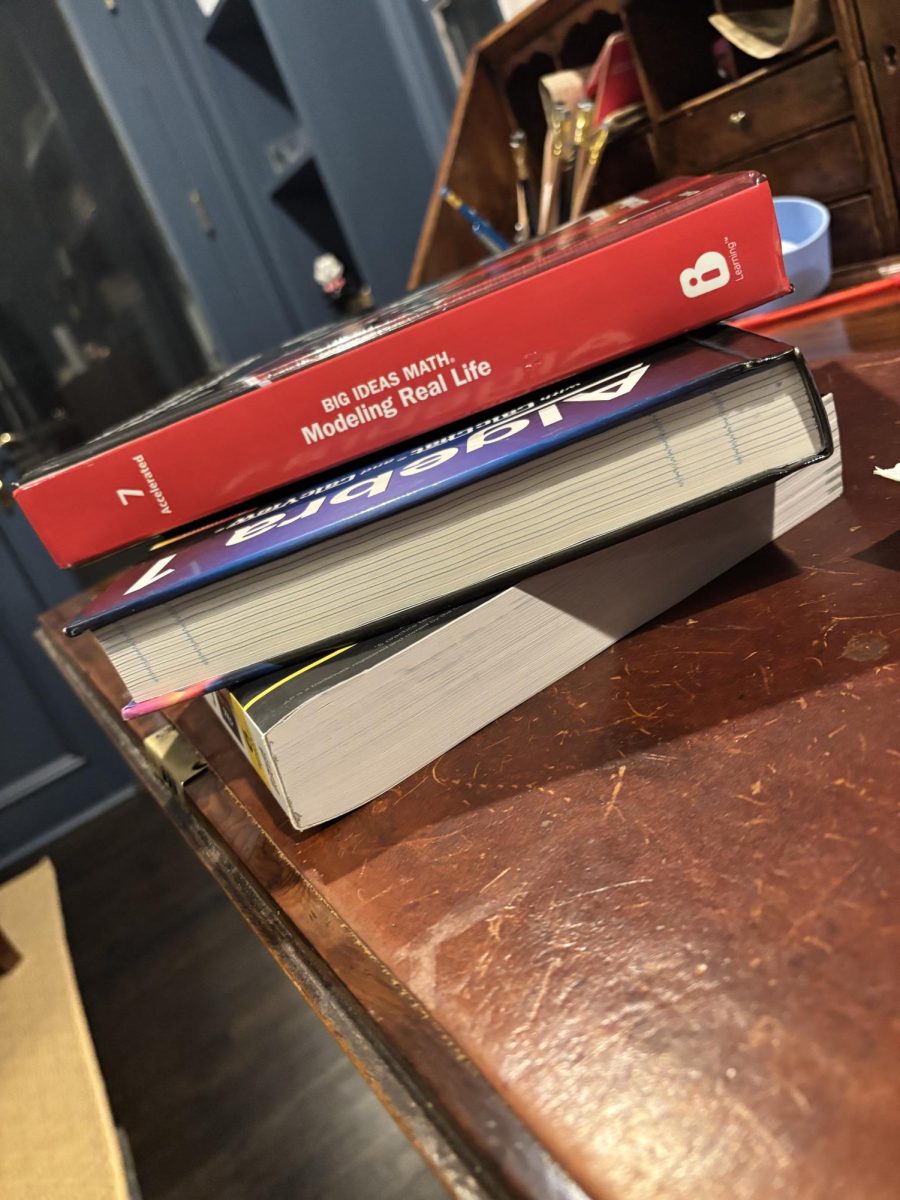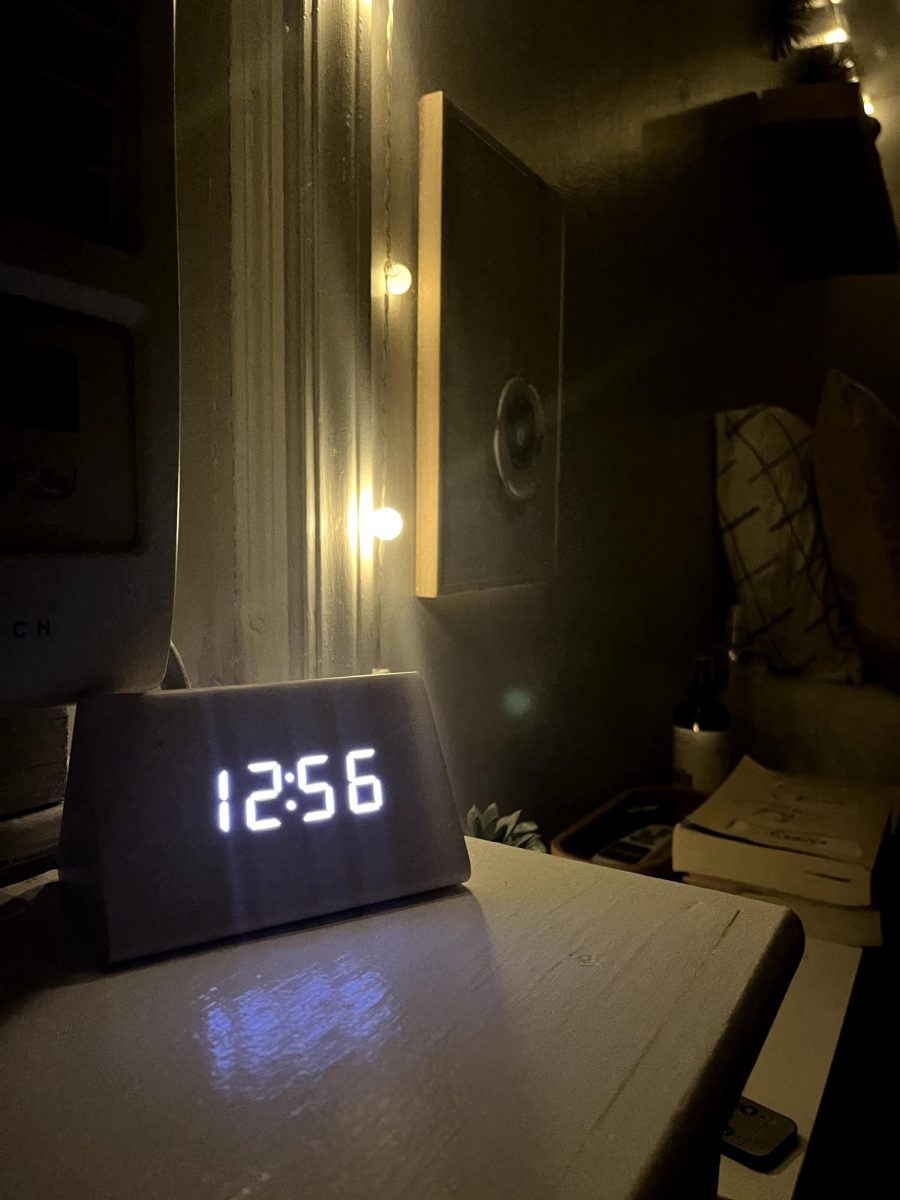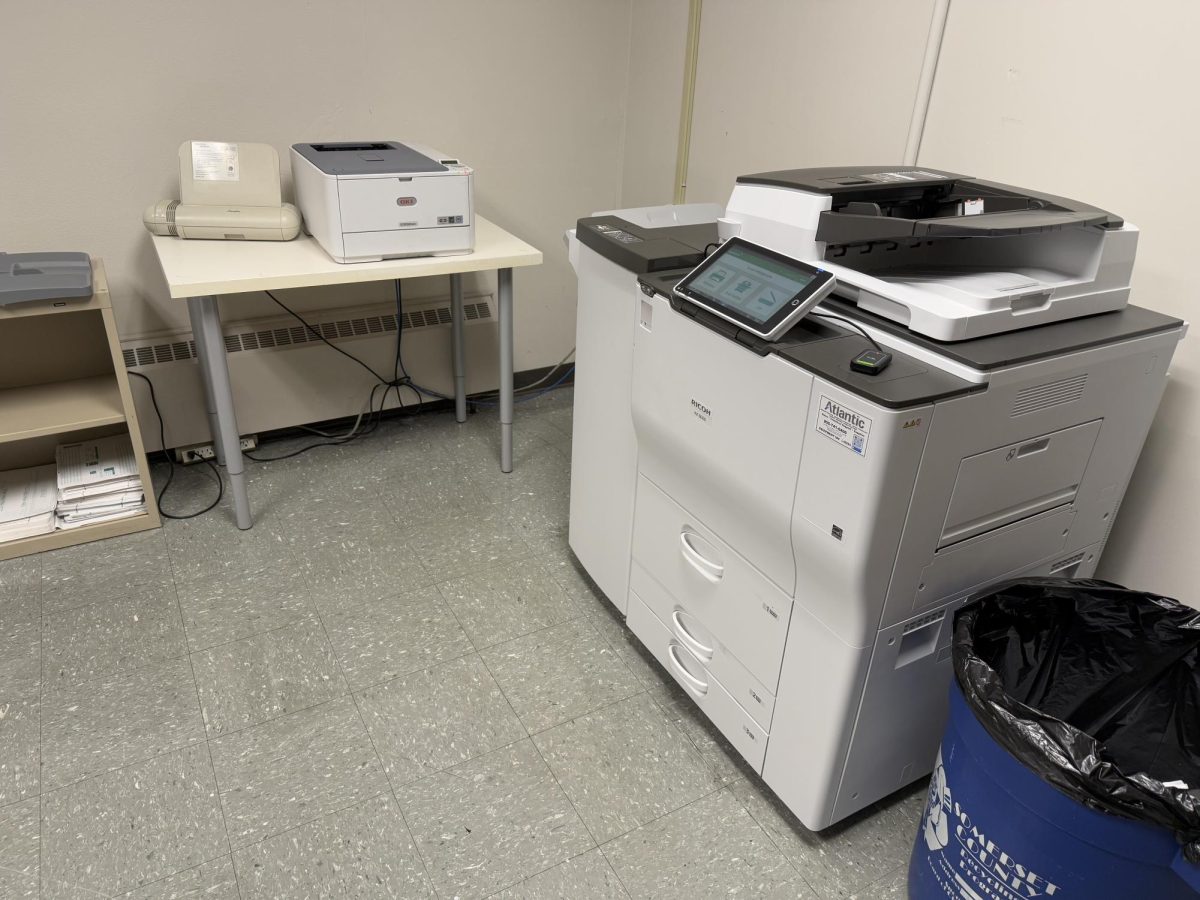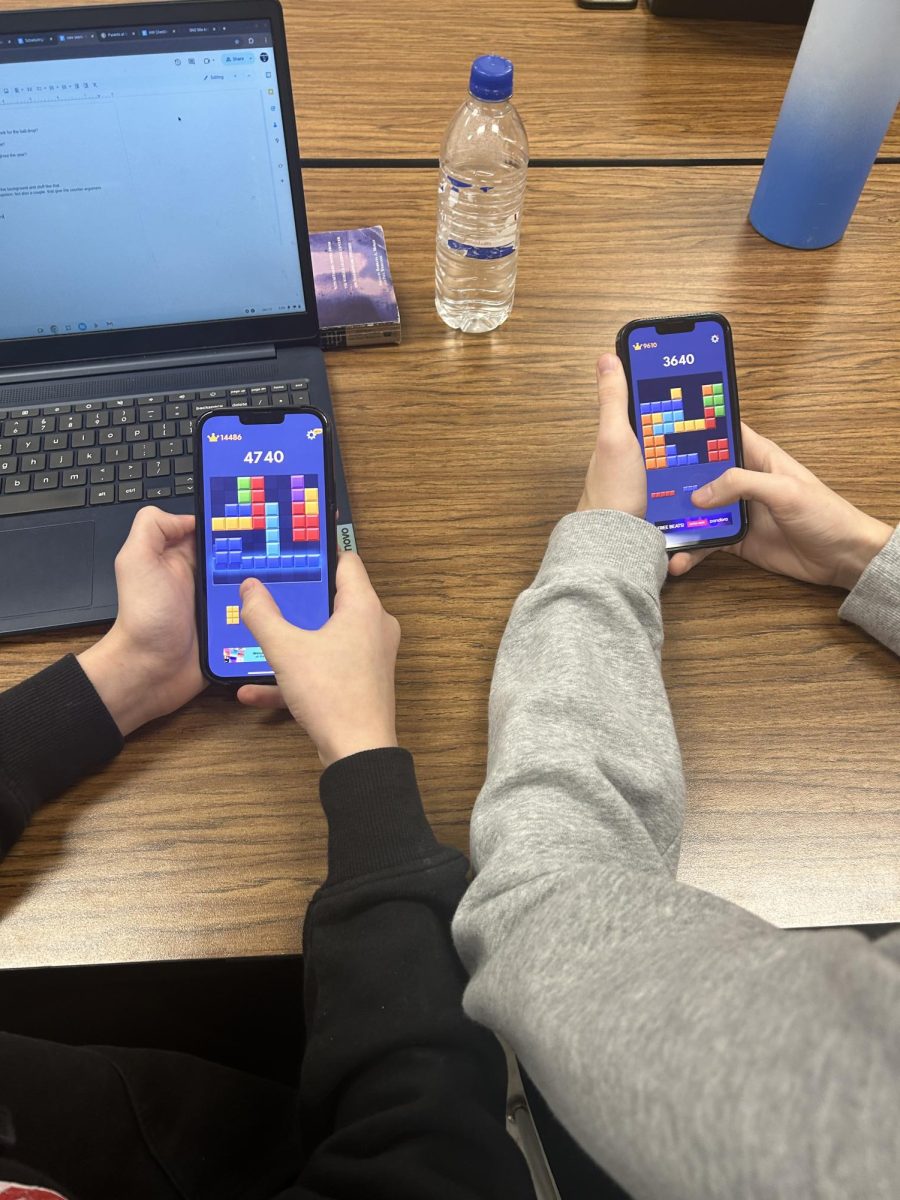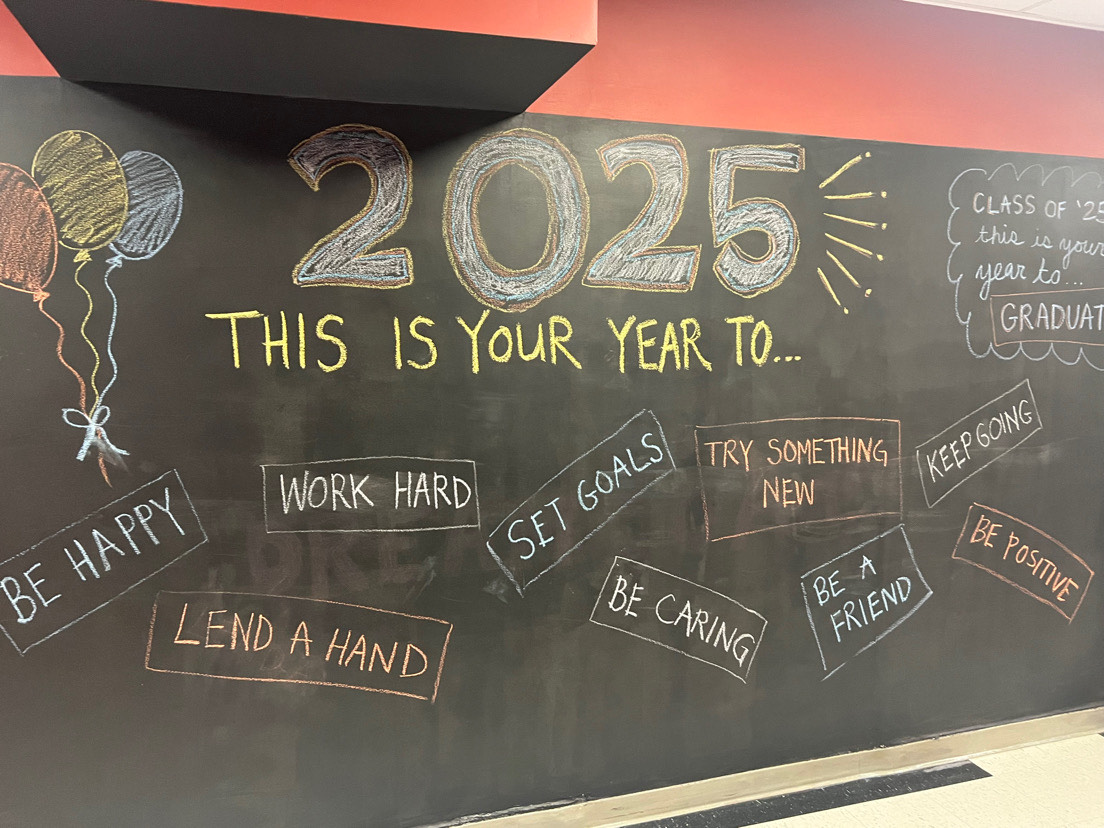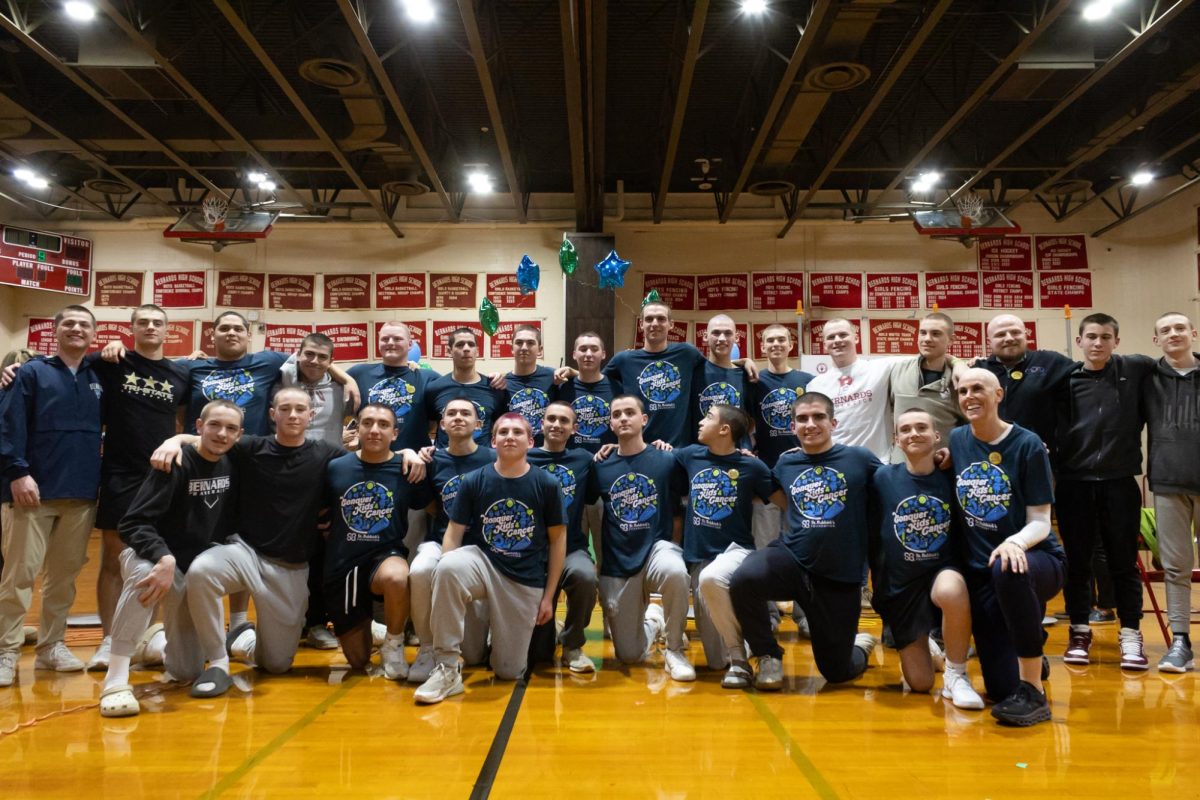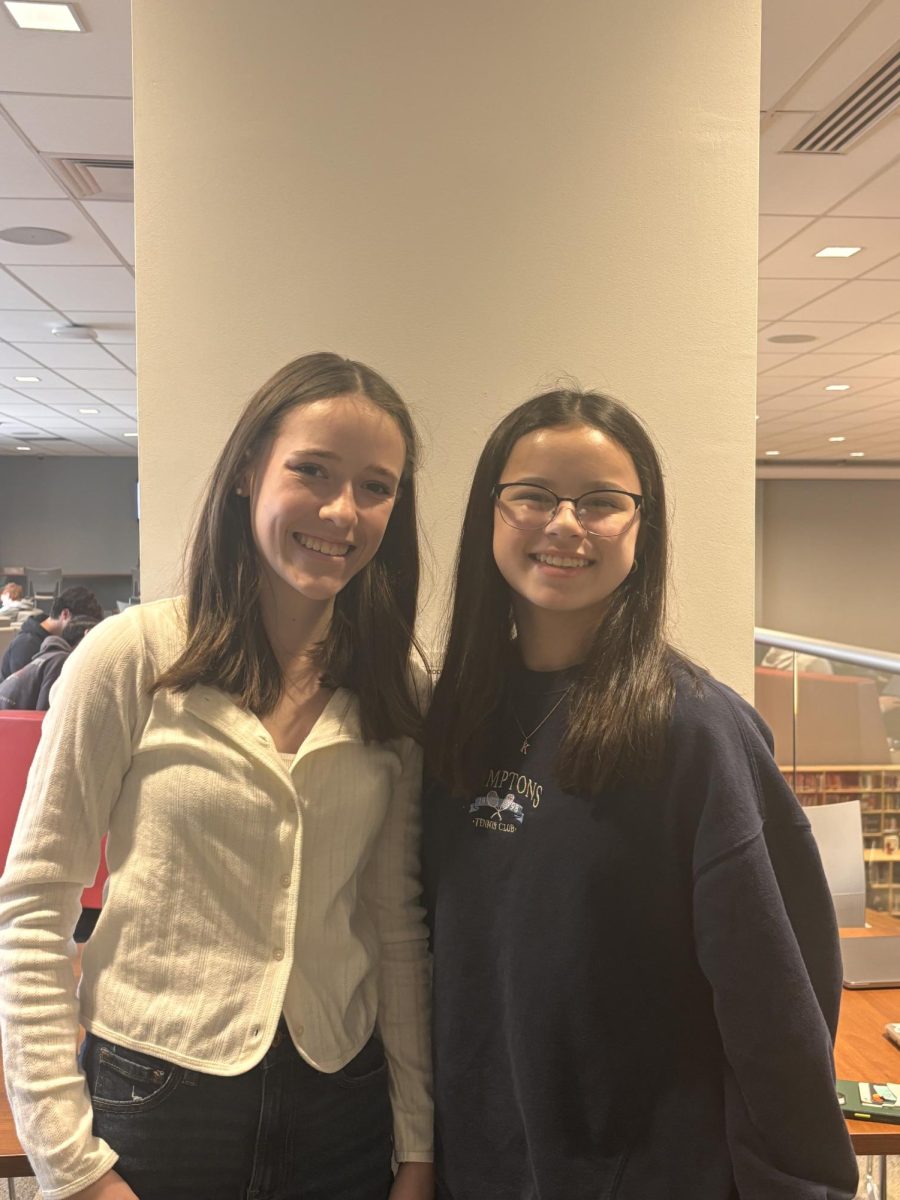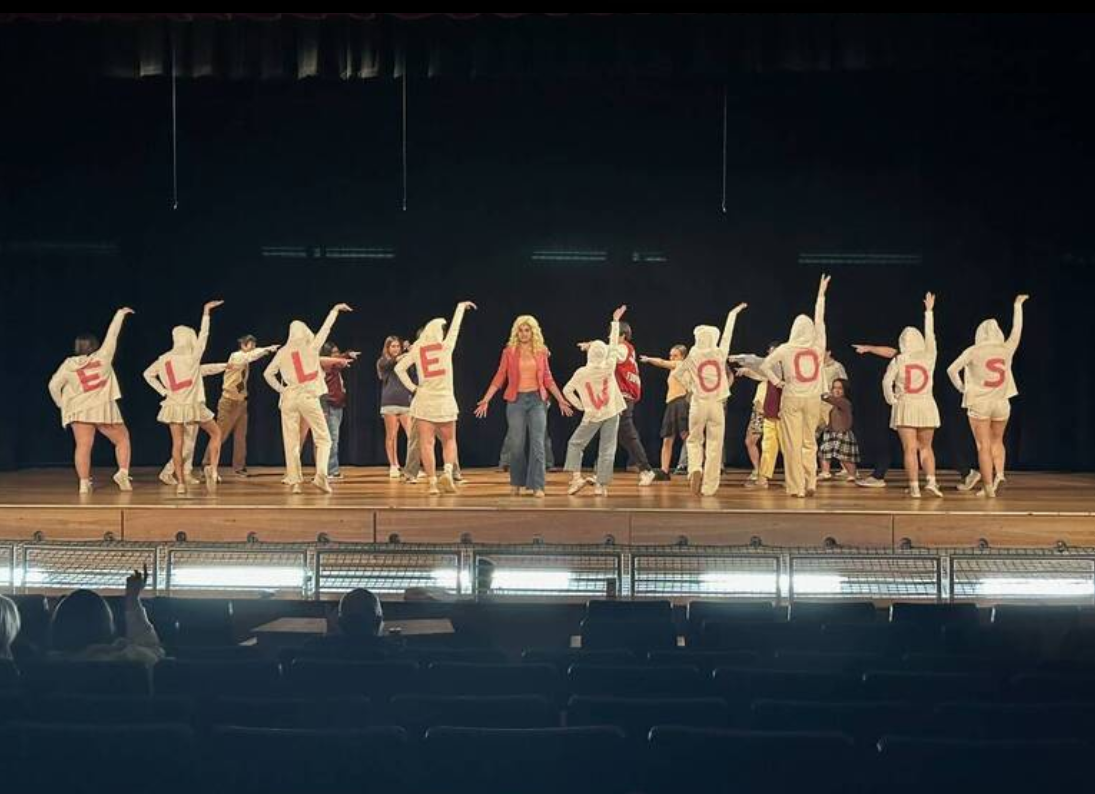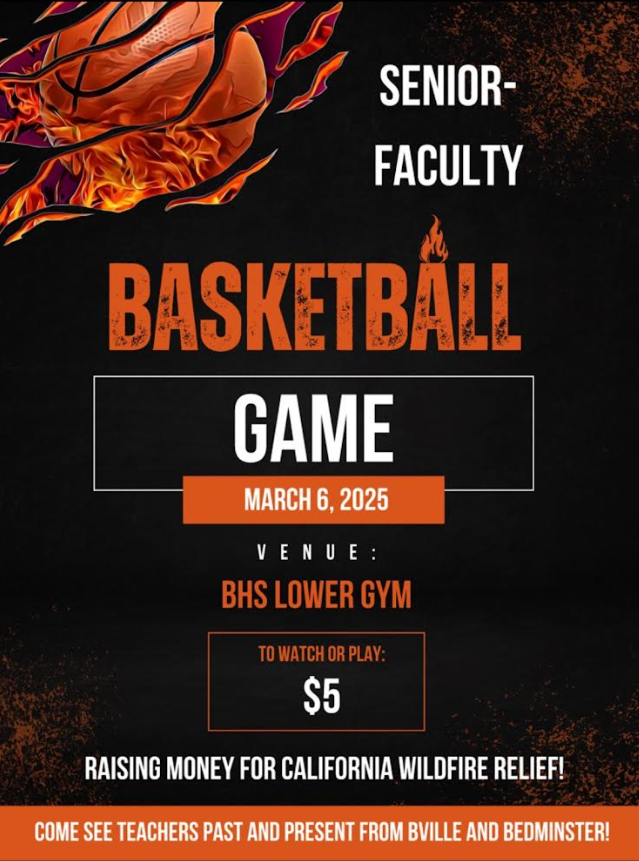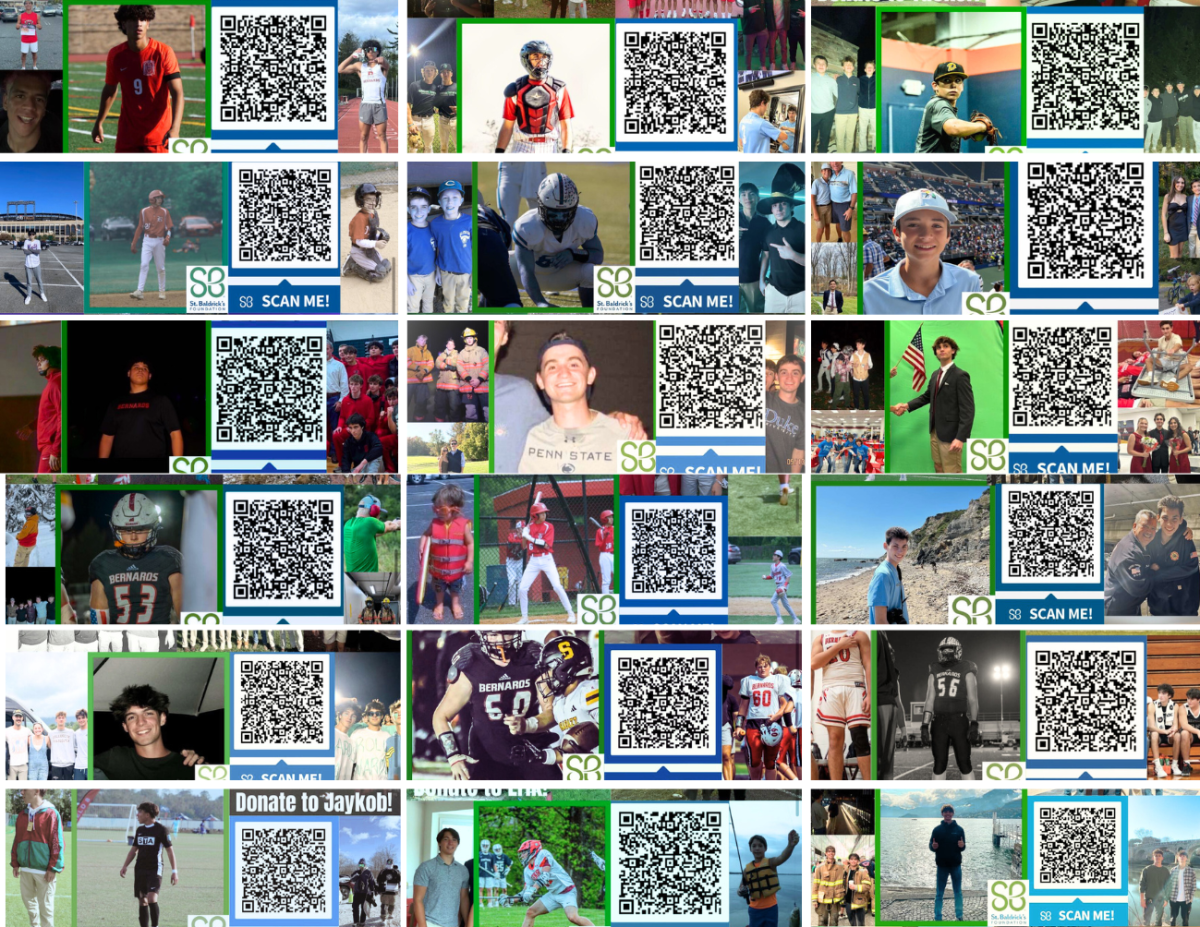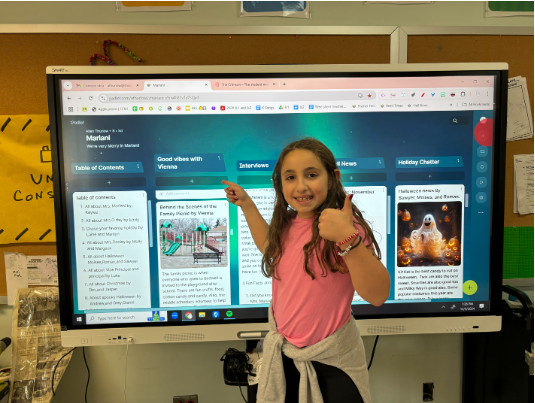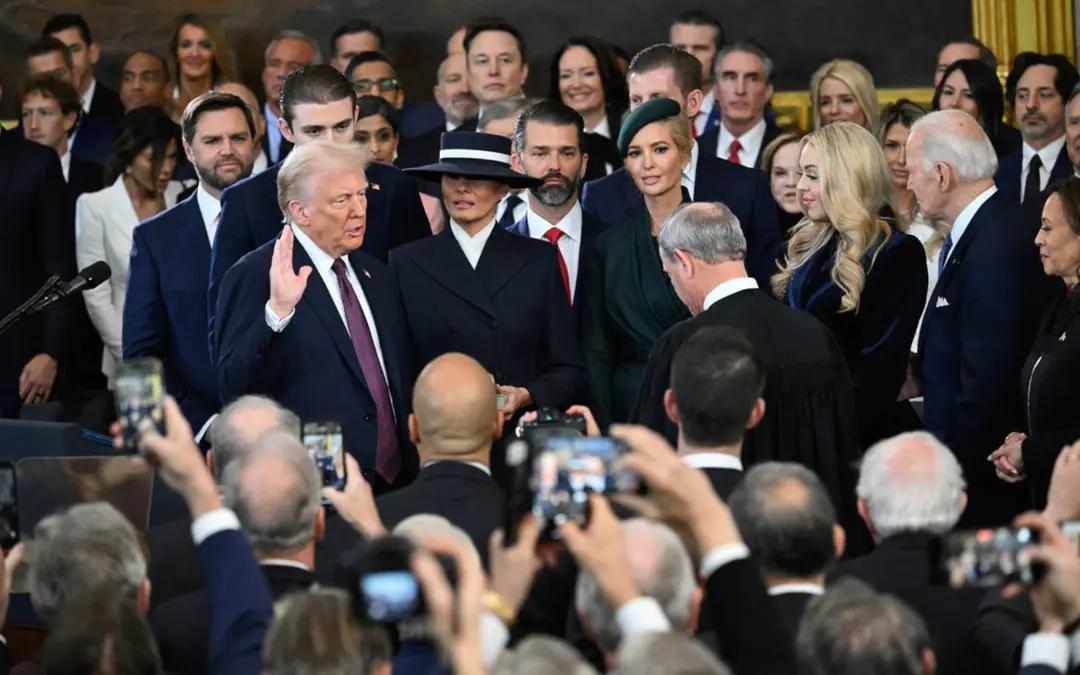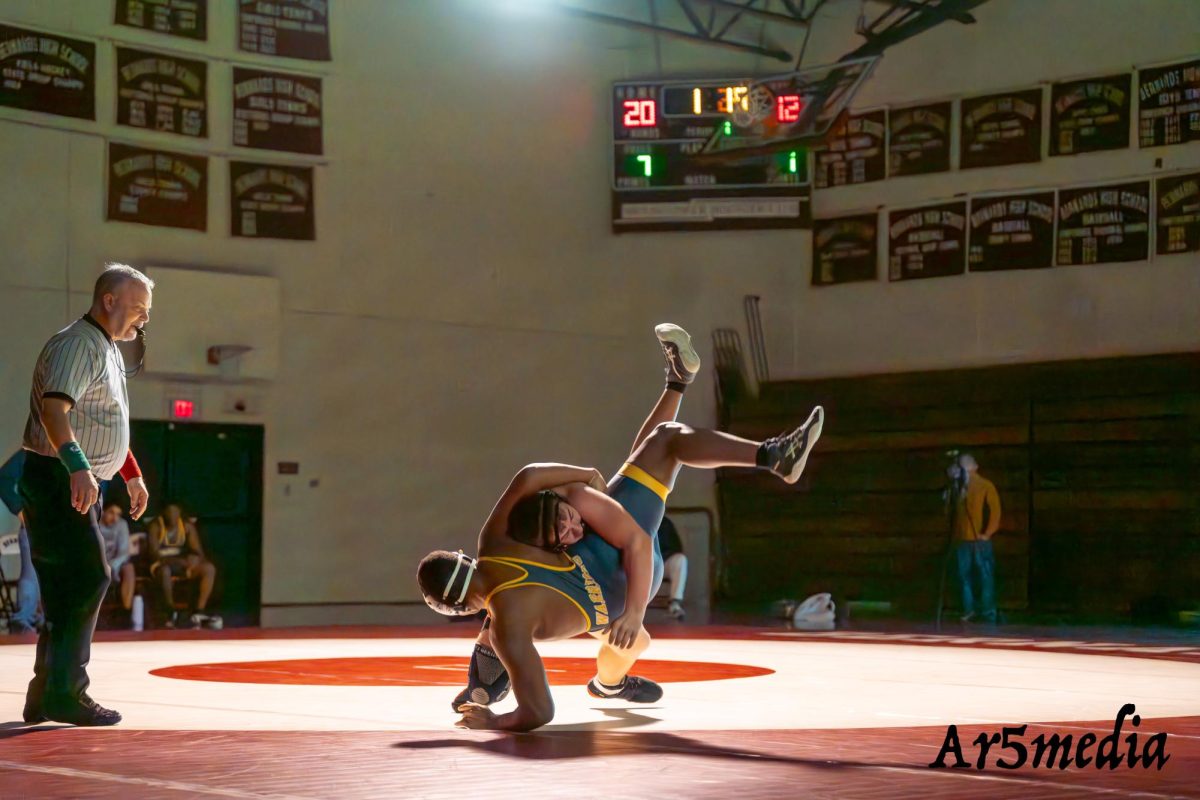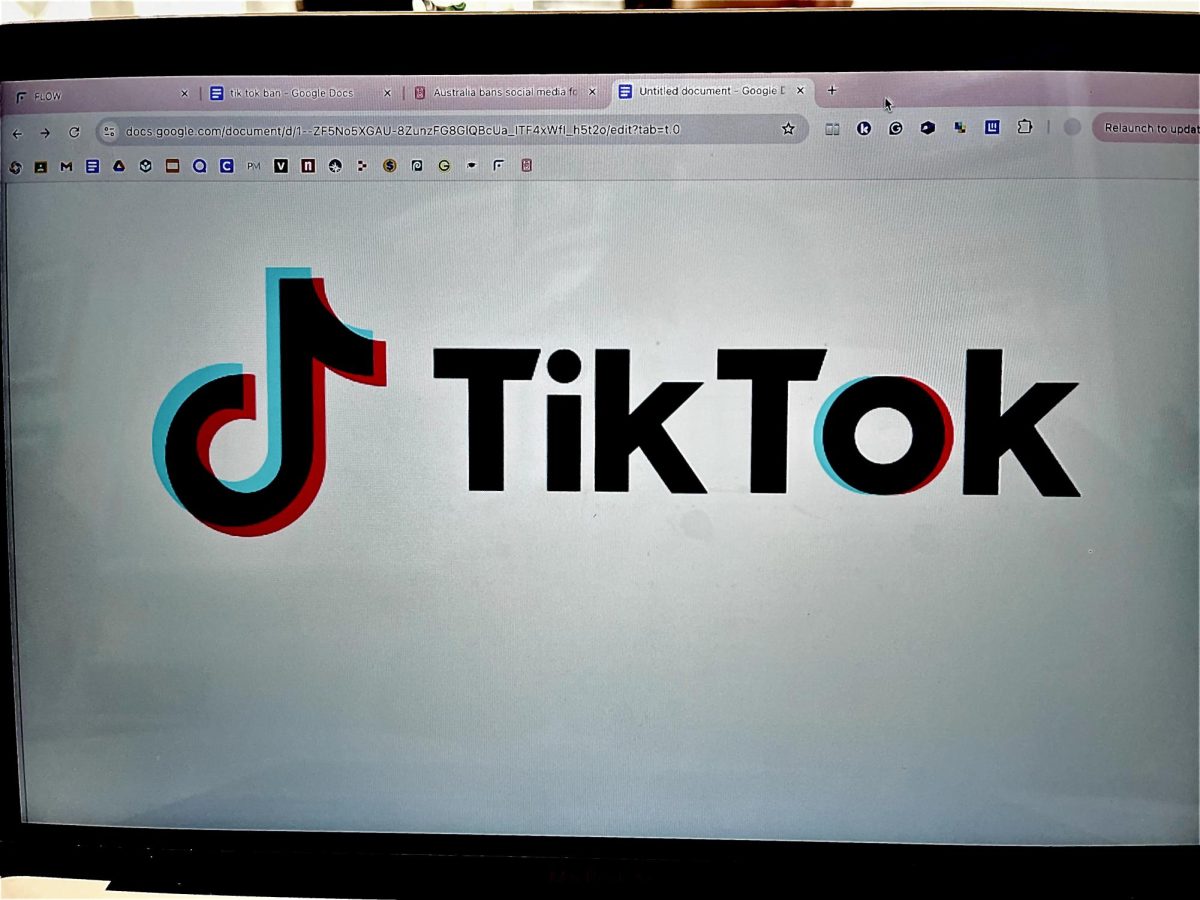The year that seemed like it would never end is finally coming to a close. After the previous few months, it is clear that everyone could benefit from some holiday spirit. However, the next few weeks are perhaps the most dangerous time of the year. With COVID-19 cases at a peak, many people are left wondering if it is even safe or possible to participate in holiday traditions, including visiting with family and friends. Unfortunately, with COVID cases spiking, it is obvious that there is no safe way of traveling, and doing so puts your own health and safety at risk, and that of those around you.
Despite this fact, 2 in 5 Americans still plan on traveling this holiday season. With this staggering number, it is inevitable that cases will rise beyond what has been seen before. Due to this, schools and other facilities should prepare, and take the proactive steps of shutting down to prevent furthering the spread of COVID-19.
Back in March when the world first learned of the pandemic, the number of cases were slim. Especially in our own county, and yet Bernards and neighboring schools made the switch to virtual learning to protect its students. Now, with a slightly better understanding of how to control the virus, schools were able to reopen safely. However, it is probable that these important safety measures may not be enough when it is guaranteed that the cases will experience such a severe spike.
Most Americans have been limiting their travel since March, but with so many planning to travel (including out of state) despite the pandemic, the following weeks will likely be when people are most vulnerable to catching the virus. Despite being advised not to, people will be traveling and gathering in large groups. This must be accounted for when making decisions related to in-school-attendance in the following weeks.
Through proactive measures, such as switching to remote learning in the weeks following Christmas break, schools could better ensure the health of students and teachers. We know that the safety measures currently being taken have been effective in keeping students safe during school, however, this is operating under the assumption that students are making responsible choices outside of school.
This time of year, it is likely that many people will not, and as we know, multiple cases are much harder to contain. If even a few people return to school after being exposed to the virus, Bernards could turn into a COVID-19 super-spreader. It comes down to the age old notion that it is better to be safe than sorry. If these precautions are taken, and school is remote for the weeks following the holidays, the safety of students and staff alike will be far better protected.



